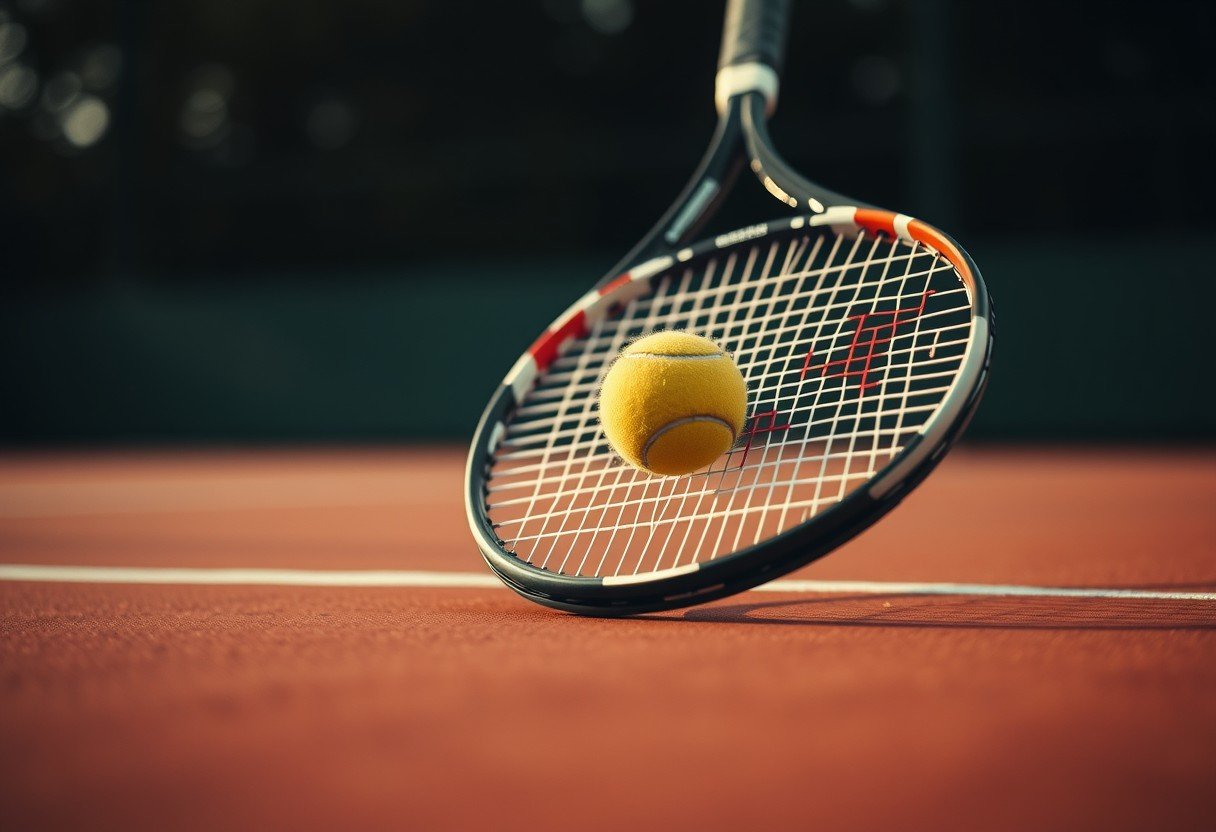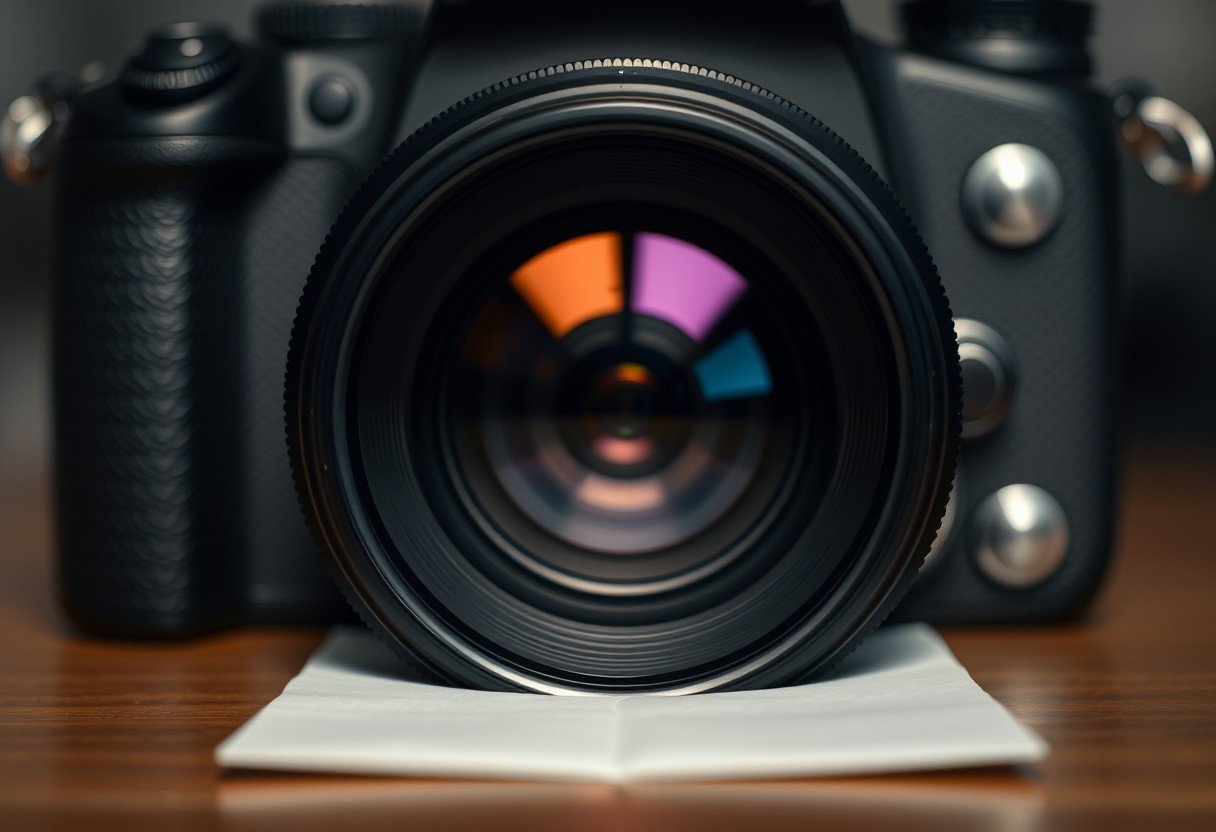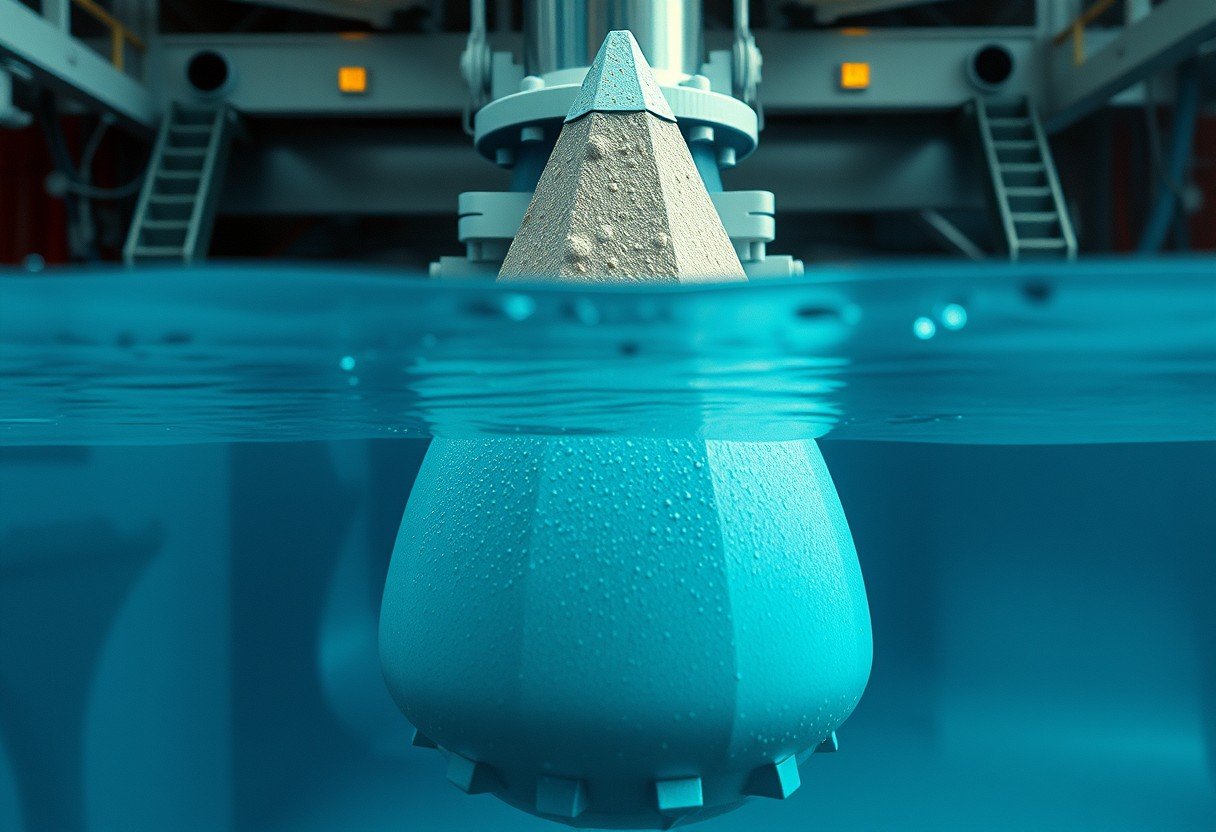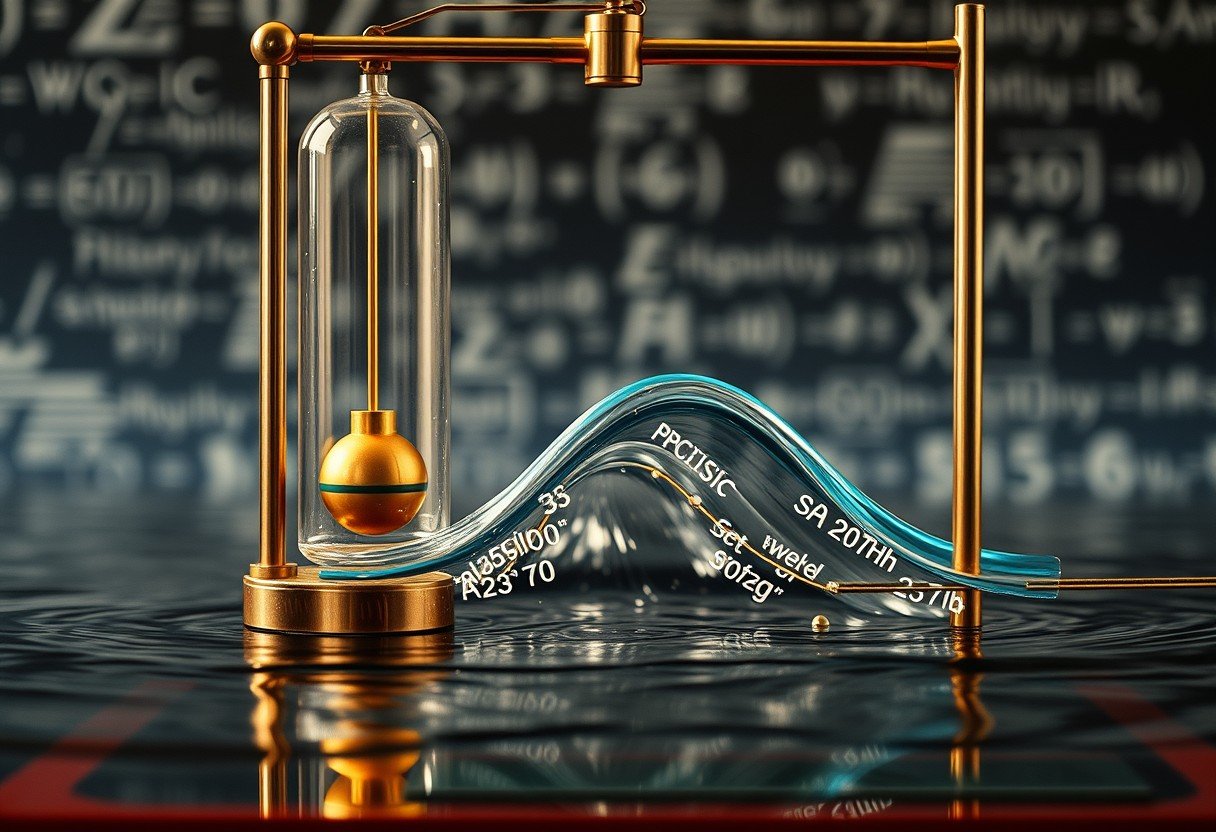Learn what impulse is, where it shows up in racket sports, how to calculate it when a ball starts from rest, when it matters during contact, who uses it in training, and why it changes ball speed and control. This clear guide shows simple steps, examples, and tips so you can measure and use impulse with confidence.
What Is Impulse And Momentum
Impulse equals change in momentum. Momentum is mass times velocity. When the racket applies a force for a short time, the ball gains momentum. That total push over time is the impulse.
If the ball starts from rest, its initial momentum is zero. The impulse is then the final momentum of the ball. This makes the math short and clean for on court measurement.
Write it like this in simple form: J equals m times v final minus v initial. With v initial equal to zero, J equals m times v final. Units also match, since newton second equals kilogram meter per second.
How Racket And Ball Interact During Contact
When strings meet the ball, they compress the ball and bend the string bed. The force rises and falls during the contact window. In tennis, contact time is often about 4 to 6 milliseconds. In badminton it is shorter.
Average force times contact time equals impulse. You can make the same impulse with a bigger force in a short time or a smaller force in a longer time. String tension, swing path, and sweet spot strike shape this result.
Spin and launch angle also change with where you strike on the strings and how the face is tilted. That does not change the total impulse size, but it splits the momentum between forward speed and spin related effects.
Steps To Calculate Impulse From Rest
Here is a simple field ready method you can use in any racket sport. It works when the ball, shuttle, or puck starts from rest on the strings or in a feeding drill.
You only need the ball mass and the speed right after impact. A radar unit or high frame video can give the speed. If you know contact time, you can also estimate average force.
- Measure or look up ball mass in kilograms.
- Measure the ball speed right after it leaves the strings in meters per second.
- Compute impulse J as mass times final speed since initial speed is zero.
- If you also know contact time, find average force as J divided by contact time.
Keep the sign and direction clear. Pick a forward direction and treat speeds in that direction as positive. If the ball rebounds the other way, record a negative value. This helps when you compare shots and rackets.
Factors That Change Impulse In Real Play
Impulse grows with both swing speed and how long the strings stay in contact with the ball. Ball type and pressure or core also matter. Court or weather can shift air drag and bounce.
- Racket head speed at contact raises the final ball speed and the impulse.
- Longer contact time, often from a clean center hit, lets more momentum transfer.
- Ball stiffness and mass set how much it deforms and how much momentum it can take.
Clean center hits usually raise contact time and control. Off center hits shorten contact, twist the frame, and waste energy. String tension and pattern can tune feel and dwell time for your style.
Example Calculation With Simple Numbers
Say a tennis ball has mass 0.057 kilogram and leaves the strings at 30 meters per second after starting from rest. The impulse is J equals 0.057 times 30 which is 1.71 newton second. If contact time is 5 milliseconds, the average force is J divided by time, about 342 newton.
This small example matches typical adult play. Strong servers can send balls above 40 meters per second, which would raise impulse above 2.2 newton second. Youth play will be lower. The same math applies in squash and table tennis with their own masses and speeds.
Use a table to check your numbers and units before you compare shots. It keeps your test repeatable and your training data clean.
| Quantity | Symbol | Value | Notes |
|---|---|---|---|
| Ball Mass | m | 0.057 kg | Standard tennis ball |
| Initial Speed | v initial | 0 m per s | Ball starts from rest |
| Final Speed | v final | 30 m per s | Measured by radar |
| Change In Momentum | m times v final | 1.71 kg m per s | Same units as impulse |
| Impulse | J | 1.71 N s | Equal to change in momentum |
| Contact Time | t | 0.005 s | Typical 4 to 6 ms range |
| Average Force | J divided by t | 342 N | Estimate from J and t |
Common Mistakes And Quick Fixes
Many people confuse force with impulse. Force is the push at an instant, while impulse is the total push over the contact time. If you only look at peak force, you may miss the full picture.
Do not forget units or the starting speed. If the ball starts from rest, use zero for the initial speed. If it was moving toward the racket before impact, keep the sign negative in your line of travel.
Another mistake is to round too soon. Keep at least three digits in your mass and speed, then round the final answer. This makes your test results stable and easy to compare across sessions.
Training Tips To Increase Useful Impulse
Focus on timing the sweet spot and building racket head speed at contact. A smooth swing path often gives longer contact time and a cleaner momentum transfer. This raises ball speed without extra strain.
Use string tension that fits your style. Lower tension can add dwell time and comfort. Higher tension can sharpen control and spin, which can help place the impulse where you want it.
Improve footwork to let your body weight support the swing. Good setup lets the whole chain add to momentum. Small gains in speed and contact quality add up to a big rise in useful impulse.
FAQ
What is the impulse on a ball that starts from rest?
The impulse equals the change in momentum. Since initial momentum is zero, impulse equals mass times the ball speed right after contact.
How can I measure impulse without lab tools?
Measure ball mass and post impact speed with a pocket radar or video timing. Multiply mass by that speed to get impulse in newton second.
What is a typical contact time between racket and ball?
In tennis it is often about 4 to 6 milliseconds. In squash and table tennis it can be a little lower due to stiffer balls and lighter rackets.
How is impulse linked to average force during impact?
Impulse equals average force times contact time. If you know any two of these, you can find the third with simple division.
Does spin change the impulse value?
Spin changes how momentum splits between directions and rotation, but the total linear impulse from the strings is still the change in linear momentum. Aim for clean contact to control both speed and spin.









Leave a Comment